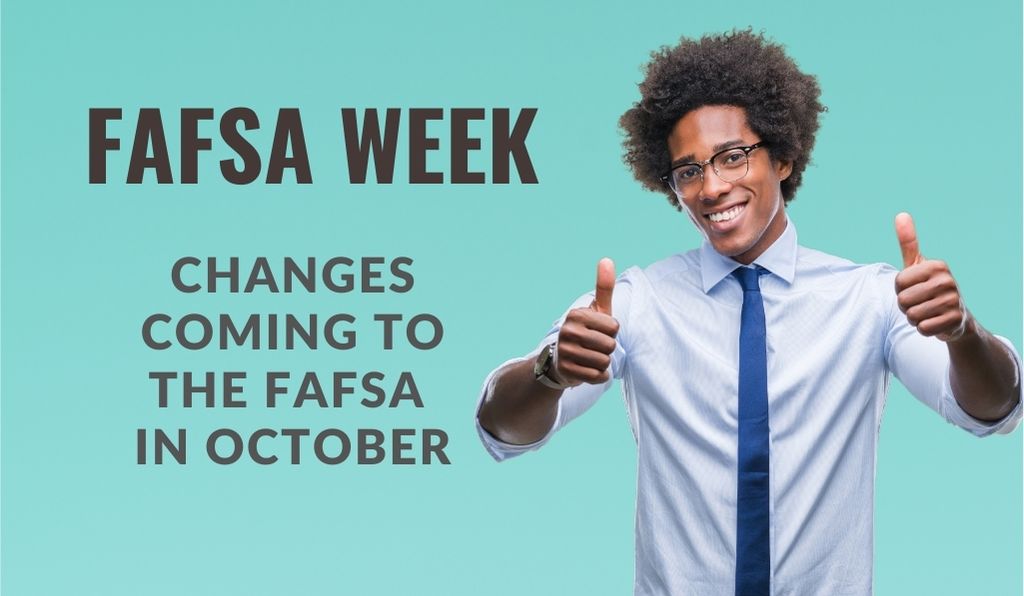
This year’s FAFSA changes are mainly cosmetic. The online FAFSA form is receiving a visual update that gives it a similar look and feel that puts it more in line with other tools featured on StudentAid.gov. A new simplified form being released in October of 2022 also has just 36 questions to answer, down from the 108 of previous years.
Noticeable changes you may see if you fill out the FAFSA later this year include:
Applicants Can Select Their Role
With the updated FAFSA form coming out later this year, users filling out information can select their role in the application process from a few different options — parent, preparer, or student.
According to college and career consultant Milton Straham, this change is fairly minor. However, being able to select a role before filing the FAFSA has the potential to allow for a more user-friendly interface that can help reduce the number of mistakes.
Federal Aid Eligibility For Students With Drug Convictions
Starting with the new FAFSA form that will be available in October of this year, drug convictions will no longer affect student eligibility to receive federal student aid. However, that doesn’t mean applicants won’t have to answer any questions about prior drug arrests, says Straham.
According to studentaid.gov, students who complete the FAFSA will be asked whether they had a drug conviction for an offense that occurred while they were receiving federal student aid as part of the 36 question sequence.
“If the answer is yes, students will be provided a worksheet. Students should answer the questions correctly; however, the questions won’t impact students’ eligibility,” they write.
According to financial advisor Michael Ryan, this is a major change that will remove a barrier to higher education for many students.
Financial Aid Regardless Of Selective Service Enrollment
Male applicants who fill out the FAFSA can also qualify for federal student aid even if they don’t register for Selective Service. However, students can still register through the FAFSA form.
Straham calls this move “groundbreaking” since it ensures a larger number of eligible students can qualify for financial aid for college.
Before starting the FAFSA, head over to this website: https://financialaidtoolkit.ed.gov/tk/learn/fafsa/updates.jsp#2023-24-changes
Take a look at all the available samples and PDFs to get you ready to complete the form and understand what information you will need to complete it.
Come back every day this week for more information regarding everyone’s favorite topic—the FAFSA.
